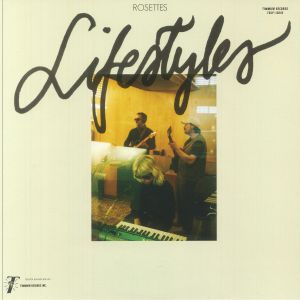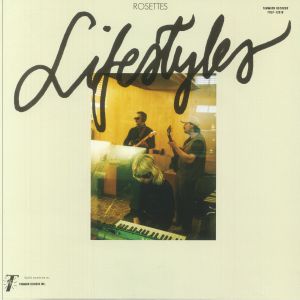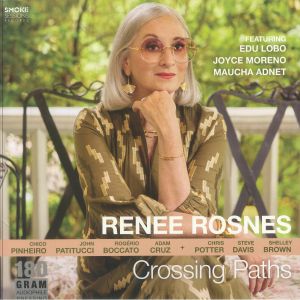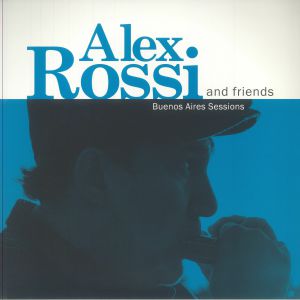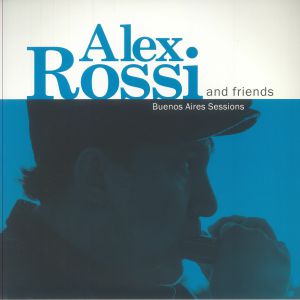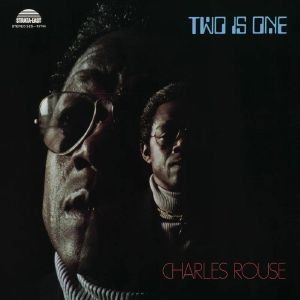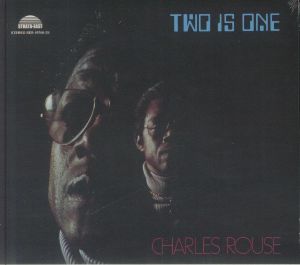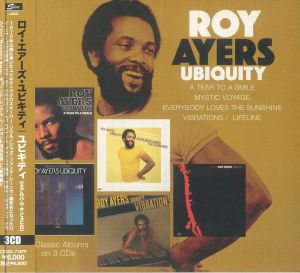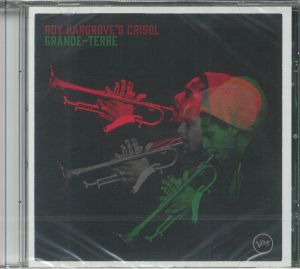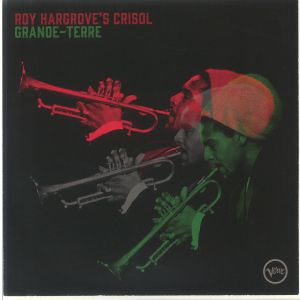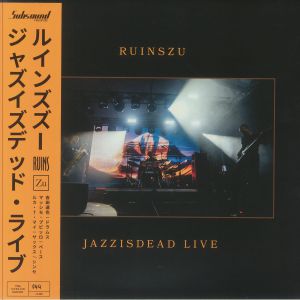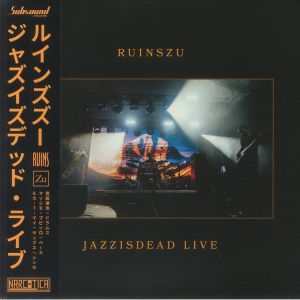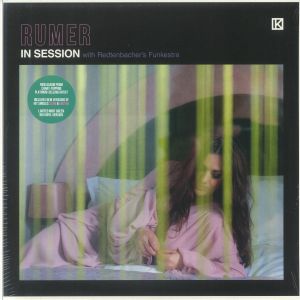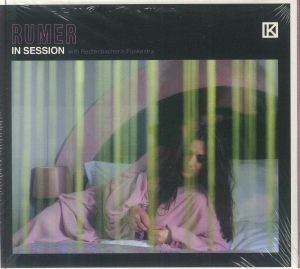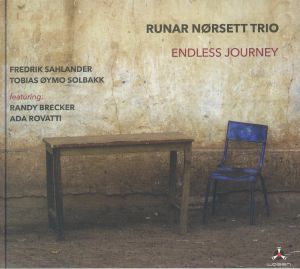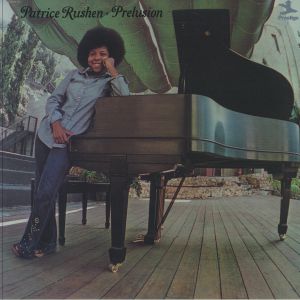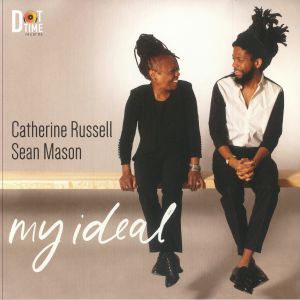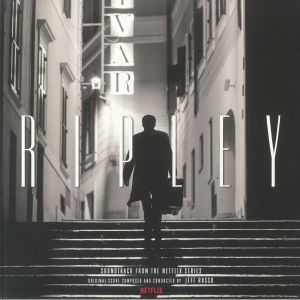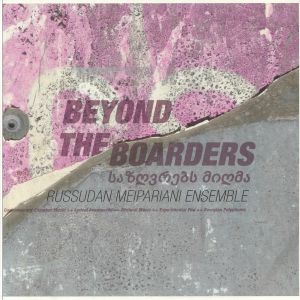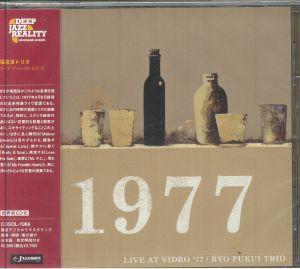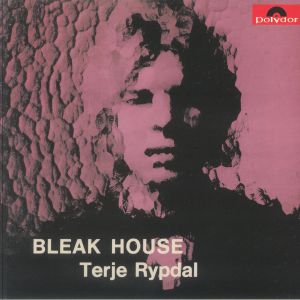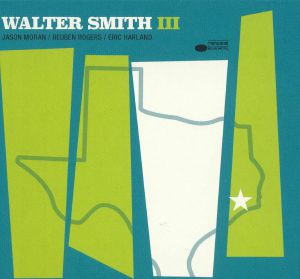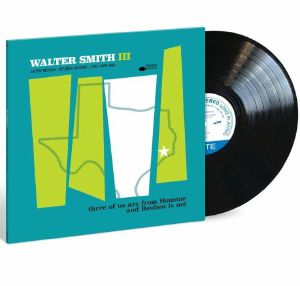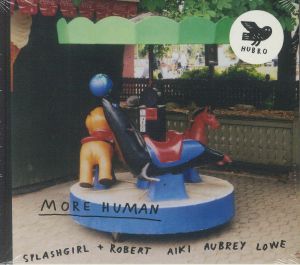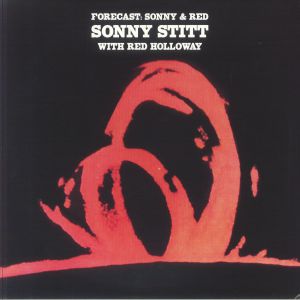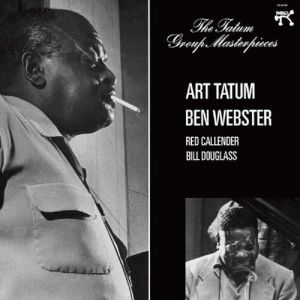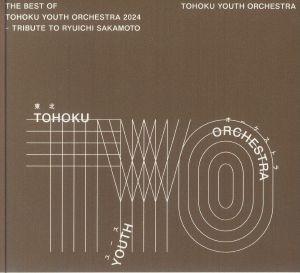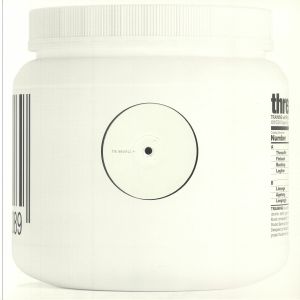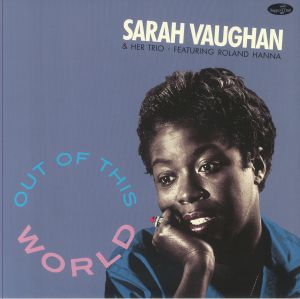Filter
Stock
Release Date
Featured
Release Title
Price
Tags
Back catalogue: Jazz
Juno's full catalogue of Jazz
Alben
in stock $21.06
Lifestyles
Gespielt von: Juno Recommends Soul
! low stock $24.12
in stock $13.58
in stock $29.92
in stock $28.55
Alex ROSSI / VARIOUS
Buenos Aires Sessions (hand-numbered 180 gram blue & black marbled vinyl LP limited to 200 copies)
Cat: SRAR 0024ME. Rel: 19 Dec 24
in stock $30.77
Two Is One (reissue) (gatefold 180 gram vinyl LP)
Cat: SES 1974625LP. Rel: 22 Apr 25
Review: Two Is One (1974, now 2025) recaptures saxophonist Charlie Rouse at the peak of his rabble-Rousing powers, commanding the popular will (through steering clear of sonic demagoguery) through effortless funk, soul jazz, and post-bop, all while orbiting that distinctive cosmic ring-edge that defined the Strata-East catalogue. Best known for his long tenure alongside Thelonious Monk, Rouse steps into a new light here, leading a stellar ensemble made up of guitarists George Davis and Paul Metzke, Cal Scott on electric cello and Stanley Clarke on bass. Together they stretch out across a set both grounded and exploratory, with a spiritual undercurrent running through the grooves. Newly issued on 180-gram vinyl, the record comes packed in a tip-on gatefold with fresh liner notes from Syd Schwartz and rare archival photos, bringing fresh focus to one of Rouse's most compelling records.
… Read moreGespielt von: Juno Recommends Jazz
in stock $42.41
Gespielt von: Juno Recommends Jazz
in stock $14.41
A Tear To A Smile/Mystic Voyage/Everybody Loves The Sunshine/Vibrations/Lifeline (Japanese Edition) (3xCD with obi-strip)
Cat: CDSOL 71879. Rel: 10 Feb 25
Gespielt von: Craig Charles Funk And Soul
in stock $62.37
in stock $15.81
Review: In April 1998, shortly after winning the Grammy for Best Latin Jazz Performance with their debut album Habana, Roy Hargrove's Crisol entered a studio in Guadalupe to record their second. Until now though, that album - Grande-Terre - has remained unreleased. Featuring a stellar lineup of Hargrove's longtime collaboratorsitrombonist Frank Lacy, pianist Larry Willis and drummer Willie Jones IIIiGrande-Terre captures the essence of Hargrove's dynamic playing and masterful compositions, showcasing the band's powerful synergy and distinctive Latin jazz style. Hargrove's sudden passing in 2018 leaves us to ponder what further accomplishments this innovative band might have achieved had they continued to evolve their groundbreaking approach. Grande-Terre not only highlights Hargrove's exceptional talent but also serves as a poignant reminder of what was lost with his untimely death.
… Read moreGespielt von: Juno Recommends Jazz
in stock $42.41
Jazzisdead Live (hand-numbered 180 gram orange vinyl LP with obi-strip)
Cat: SSR 150LPLTD. Rel: 20 Mar 25
in stock $20.51
in stock $16.35
In Session (180 gram mint green bio vinyl LP (indie exclusive))
Cat: RUM 001LPCG. Rel: 11 Feb 25
in stock $26.05
in stock $13.58
in stock $26.59
in stock $13.86
4th Dimension (limited numbered gatefold 2xLP)
Cat: ET 945DLP. Rel: 06 Feb 25
in stock $24.84
Prelusion (Jazz Dispensary Top Shelf Series) (180 gram vinyl LP)
Cat: CR 00766. Rel: 22 Aug 24
Review: Patrice Rushen's Prelusion marks her dazzling debut into the jazz world, originally released in 1974 on Prestige Records and now reissued on vinyl here in 2024. Before her r&b fame, Rushen showcased her talents as a jazz pianist on this album, backed by luminaries like Joe Henderson on saxophone. The record effortlessly blends post-bop with elements of jazz fusion, highlighting Rushen's versatility across acoustic and electric keyboard. Her performances on acoustic piano and electric keyboards reflect a strong influence from Herbie Hancock, evident in tracks such as 'Haw-Right Now' and 'Shortie's Portion.' Despite her shift to r&b in 1978, Prelusion stands as an early promise in jazz music.
… Read moreGespielt von: Pete Haigh, Juno Recommends Jazz
in stock $39.09
My Ideal (B-STOCK) (LP)
Cat: DOTT 8579.1 (B-STOCK). Rel: 01 Jan 90
B-STOCK: Creasing to corner of outer sleeve but otherwise in excellent condition
in stock $36.91
Ripley (Soundtrack) (gatefold 180 gram transluscent black swirl vinyl 2xLP + insert)
Cat: WW 211. Rel: 03 Sep 24
in stock $52.66
Beyond The Boarders (gatefold 180 gram vinyl LP)
Cat: HGBS 202221. Rel: 28 Nov 24
in stock $28.55
Review: First released in 2020 decades after it was recorded at Vidro, a jazz venue in Sapporo (where he and his wife ran a rival club, Showboat), this live album shows pianist Ryo Fukui and his sidemen Satoshi Denpo (bass) and Yoshinori Fukui (drums) at the peak of their powers. They'd first made a splash in the Japanese jazz scene with their album Scenery - released a year before in 1976 - and the trio's performance, recorded by that album's producer, adds an energetic and freewheeling slant to their ear-pleasing trademark sound. For proof, check the LP-opening version of LP cut 'Mellow Dream', where Fukui showcases his skills and emotive, fluid pianist, the slow-motion warmth of 'Body and Soul' and the floor-shaking wonder that is 'Mr PC'.
… Read more in stock $26.33
Review: A singular force in European jazz, Norwegian guitarist Terje Rypdal emerged from Oslo's late-60s underground, swapping out psychedelic rock theatrics for a more searching, cinematic mode of improvisation. This early work catches him mid-morph, just 21 and already pulling away from the fuzz of his band The Dream to chase a colder, more expressive language. 'Dead Man's Tale' sets the toneigritty, restless, stretched to its limitsiwhile 'Wes' offers a moment of reverence in its loose, lyrical swing. There's a quiet narrative elegance to 'Winter Serenade', its three-part structure marking snowfall, storm and thaw, and 'Bleak House' and 'Sonority' lean darker, flirting with the avant-garde. Closer 'A Feeling Of Harmony' tilts things back toward resolution, leaving behind a kind of luminous melancholy that points forward to his landmark ECM work.
… Read more in stock $31.60
Cat: 602465 250893. Rel: 26 Sep 24
Review: Following years of notable collaborations with some of jazz's leading voices, saxophonist and band leader Walter Smith III finally broke through in 2023 via a first headlining album for Blue Note. On his return to the label, Three of Us Are From Houston and Reuben is Not, Smith pays tribute to the Texan city of his birth in the company of Jason Moran (piano), Eric Harland (drums) and Reuben Smith (bass). It's a pleasingly breezy, positive and expertly crafted affair, with the quartet running through a series of ear-catching Smith compositions and a radical (and rather good) interpretation of an old Sam Rivers number. A wholehearted tribute to the rarely discussed cultural richness and diversity of Smith's home city.
… Read more in stock $13.86
Cat: 602465 250909. Rel: 26 Sep 24
in stock $30.49
in stock $14.97
Forecast: Sonny & Red (180 gram translucent red vinyl LP)
Cat: 741869 397367. Rel: 10 Mar 25
in stock $40.75
Tatum Group Masterpieces (reissue) (180 gram vinyl LP)
Cat: AGUE 164.1. Rel: 29 Jan 25
Review: This album recorded by Tatum and Webster in 1956 came just prior to Tatum's passing less than two months later. Revered as a masterpiece, the dynamic interplay between Webster's blend of aggression and lyricism and Tatum's flamboyance and delicacy creates a captivating encounter, with Callendar and Douglass providing impeccable support. Reissued previously by Essential Jazz Classics, this new edition adds bonus tracks from a 1953 Tatum solo session and four numbers from a summit meeting between Webster and Teddy Wilson.The opener sets a languid tempo, diverging from the breakneck pace of many bebop jams, establishing the album's relaxed vibe. And even as later cuts quicken the pace, there's an underlying sense of ease that permeates throughout. Tatum's cascades of notes serve as ornamental accents rather than urgent directives, while Webster, despite the excess reverb of the era, focuses on melody.
… Read more in stock $57.65
Cat: RZCM 67198. Rel: 25 Apr 25
in stock $35.76
in stock $24.67
Out Of This World (limited numbered 180 gram vinyl LP)
Cat: 049. Rel: 13 Sep 24
in stock $20.79

 USD
USD






